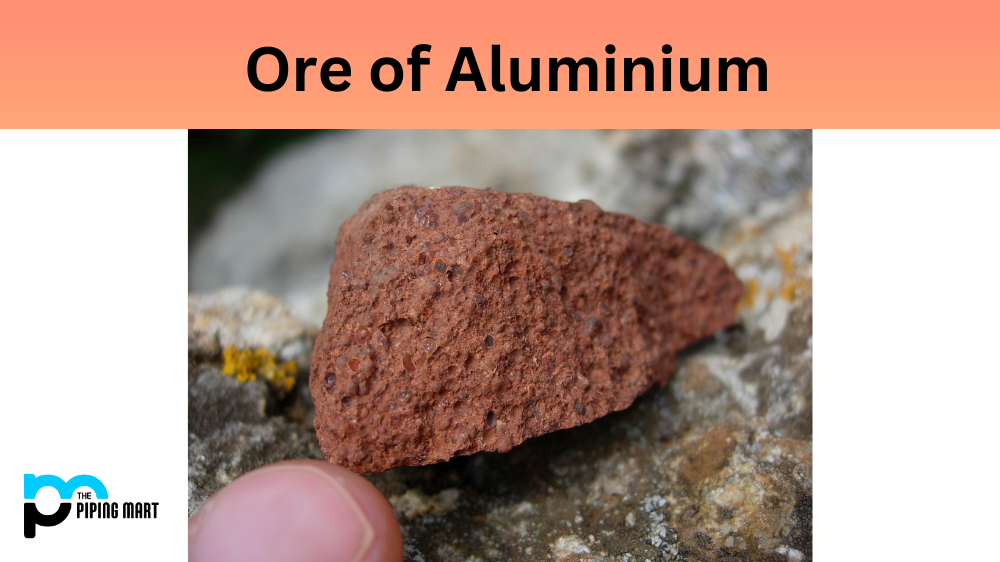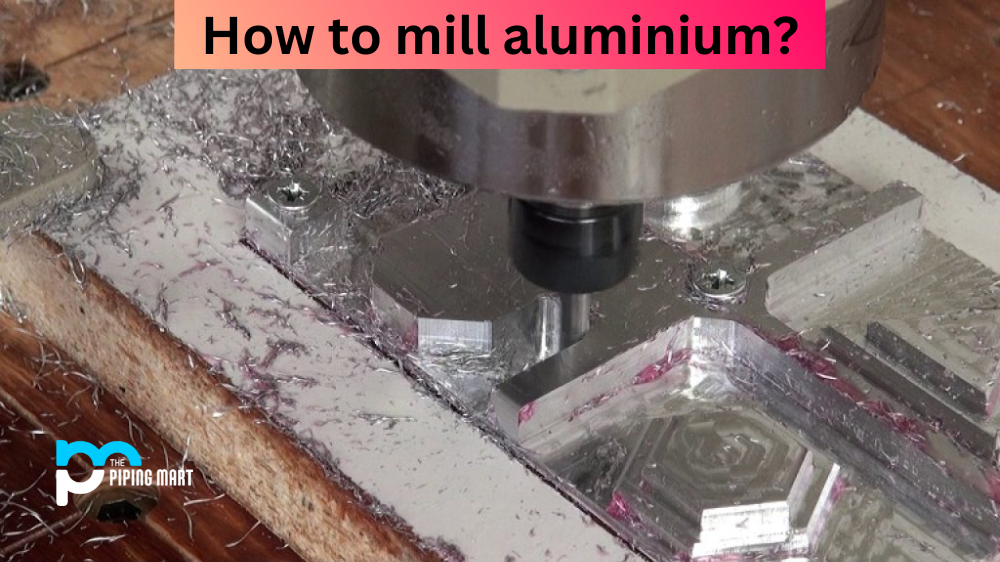The demand for high-quality and reliable steel pipes in various industries is always rising. You will find two of the most common pipe specifications in the steel industry at the forefront of this demand: ASTM A106 and A53. Despite their application and pipe characteristics similarities, both specifications have significant differences that impact their usage in specific applications. If you are searching for steel pipes for your industrial application, it will do you good to understand the differences between each specification and which one is best suited for your job. This blog post will explore the differences between ASTM A106 and A53 and help you identify the best one for your application.
Difference Between ASTM A106 and A53
Material Composition
The primary difference between ASTM A106 and A53 is their material composition. A106 has a carbon content of 0.030%, whereas A53 has a carbon content of 0.050%. This extra carbon content in A53 grades increases tensile strength, yield strength, and the probability of defects and cracks during manufacturing.
Production Process
Another distinct difference between the A106 and A53 is their production processes. A106 is produced using hot extrusion and has low-carbon steel. It is useful in high-temperature and high-pressure settings such as process piping, boiler tubes, and heat exchangers. On the other hand, A53 is produced using electric resistance welding (ERW) or seamless production processes, making it ideal for low and medium-pressure applications such as fluid transportation and mechanical applications.
Applications
While ASTM A106 and A53 can be used in several industrial applications, their application areas vary. ASTM A53 is best suited for non-critical applications such as structural support, general fluid transportation, and plumbing. ASTM A106, on the other hand, is ideal for high-temperature and high-pressure applications that require exceptional strength and durability, such as petrochemical plants, power plants, and refineries.
Corrosion Resistance
Corrosion resistance is a vital feature to consider when selecting steel pipes. ASTM A106 and A53 both offer excellent resistance to corrosion and oxidation. However, A106 is not recommended for highly-corrosive environments because it has a low tolerance for corruption. A53, on the other hand, has mild corrosion resistance, making it suitable for general applications where the pipes are not exposed to highly-corrosive substances, acids, or chemicals.
Cost
Cost-effectiveness is always a significant consideration in any industrial project. The price difference between ASTM A106 and A53 pipes is marginal. However, the cost of A53 may be slightly lower because of its simpler production process. In contrast, the production process for A106 is more intricate and requires more advanced technology.
Heat Treatment
Another difference between ASTM A106 and ASTM A53 pipes is the heat treatment. ASTM A106 pipes are either normalized or tempered, while ASTM A53 pipes are not heat treated.
Hydrostatic Testing
Both ASTM A106 and ASTM A53 pipes must undergo hydrostatic testing to ensure that they can withstand internal pressure. However, only ASTM A106 pipes must undergo a pressure test at 1.0 times the specified minimum yield strength.
Dimensions
The dimensions are the final major difference between ASTM A106 and ASTM A53 pipes. ASTM A106 pipes have a larger outer diameter than ASTM A53 pipes and a thicker wall.
Conclusion
In conclusion, ASTM A106 and A53 are both essential steel pipe specifications. Your choice should depend on your project’s requirements, application, and budget. Knowing the subtle differences between the two specifications can help you make an informed decision and choose the best one for the job. For the best results, consult a reputable steel pipe supplier to advise you on the right product for your project.

Pipingmart is a B2B portal that specializes in metal, industrial and piping items. Additionally, we share the latest information and information about materials, products and various types of grades to assist businesses that are involved in this business.




